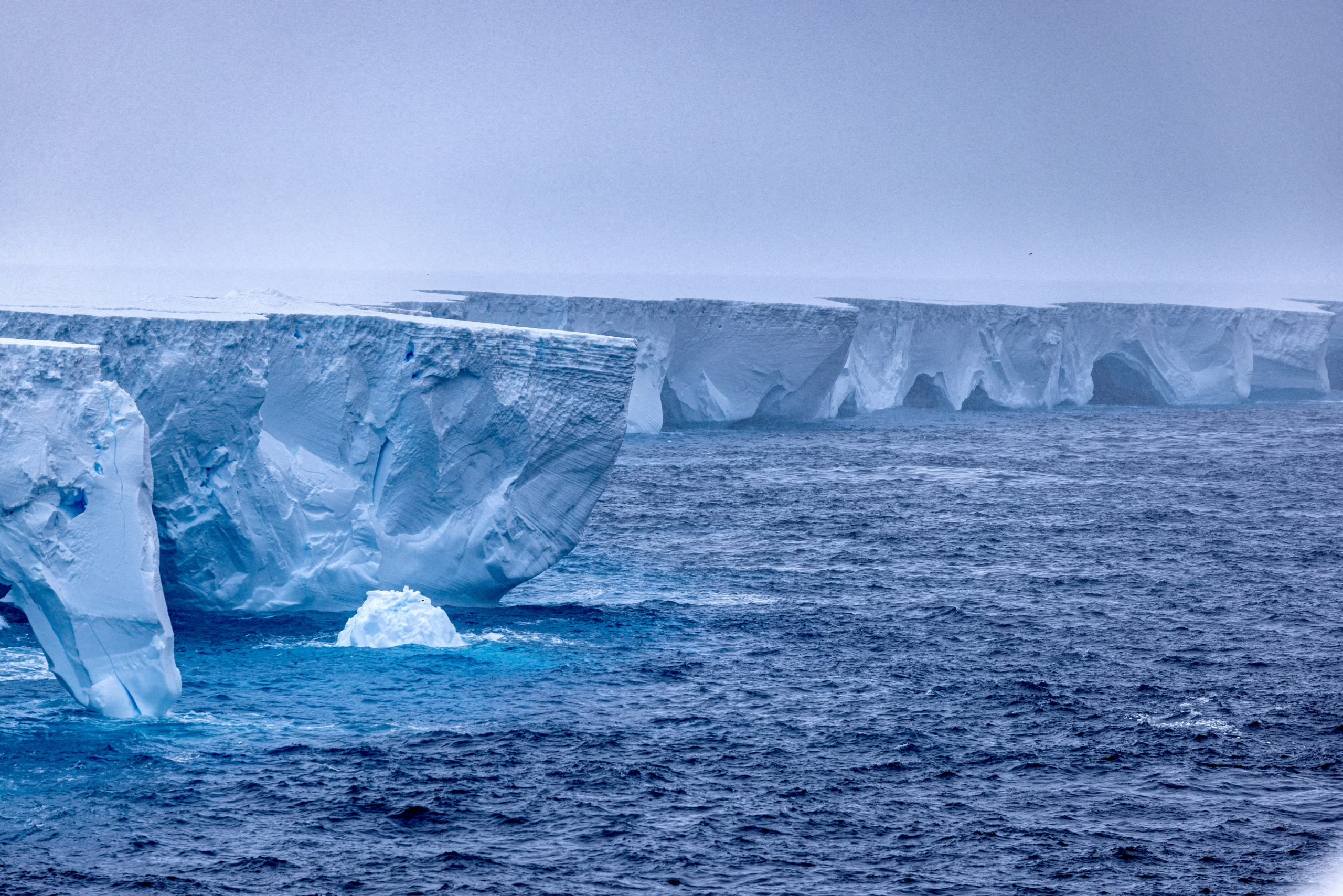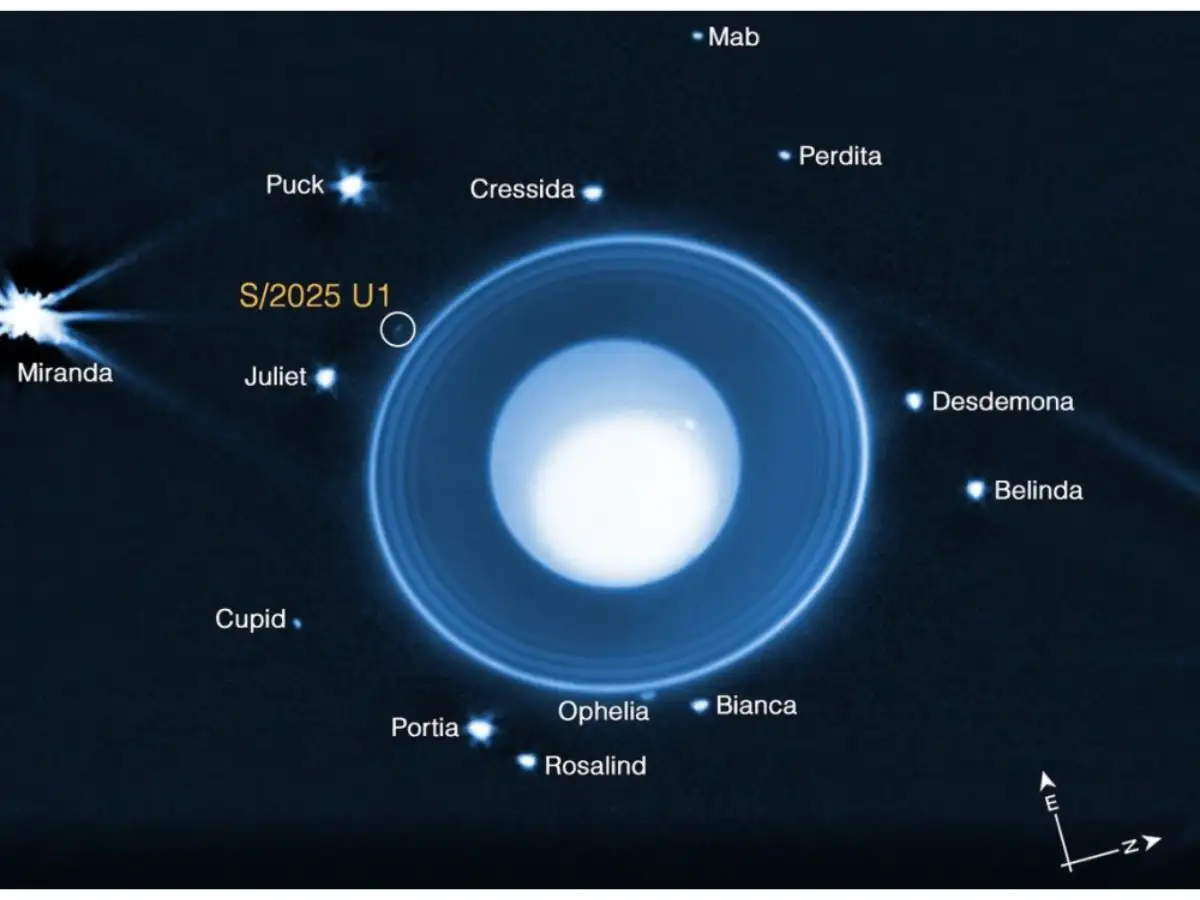
Antarctica, often perceived as the Earth’s icy fortress, is currently experiencing unprecedented and rapid changes that threaten not only its own delicate ecosystems but also the entire planet’s climate stability. Recent studies and reports highlight that the continent’s ice shelves—vast floating platforms of ice that anchor the ice sheets to the ocean—are melting at an alarming rate. This rapid melting presents a significant threat to global sea levels, with potential catastrophic consequences if these trends continue unchecked.
Understanding the Abrupt Changes in Antarctica
Over the past few years, scientists have observed abrupt and unexpected changes in the Antarctic ice shelves. According to CNBC TV18, these sudden shifts are indicative of underlying vulnerabilities within the ice systems, driven by a combination of warming ocean currents and atmospheric conditions. The melting process is no longer gradual; instead, it exhibits signs of accelerating, with some ice shelves collapsing unexpectedly, which can
accelerate the disintegration of the entire ice sheet.
One critical aspect is the loss of ice mass, which has a direct correlation to rising sea levels worldwide. When ice shelves weaken or break apart, they no longer act as a barrier, allowing the land-based ice to flow more freely into the ocean. This increases the volume of water in the oceans, contributing significantly to sea level rise. For instance, recent reports warn that parts of the Antarctic ice sheet are approaching a *”point of no return,”* making it difficult or impossible to halt the melting process.
What the Research Indicates
- Fast Melting of Ice Shelves: Research indicates that certain ice shelves, such as the Thwaites Glacier, are experiencing accelerated melting and destabilization, predicted to be a crucial tipping point for the entire ice sheet.
- Potential for Collapsing Ice Sheets: Scientists warn that if the current rate persists, parts of Antarctica could become irreversibly disintegrated, leading to catastrophic consequences globally.
- Impact of Ocean Warming: Warmer ocean currents undermining ice shelves from below are crucial drivers of the rapid melting observed today.
The Global Impact of Antarctic Ice Loss
The consequences of Antarctic ice shelf melting extend far beyond the continent itself. As the ice mass diminishes, sea levels worldwide are expected to rise dramatically. According to analyses from various climate models, a significant loss of Antarctic ice could result in a rise of several meters of sea level over the coming centuries, threatening coastal cities, island nations, and low-lying regions.
Potential Catastrophe on a Global Scale
- Rising Sea Levels: Coastal urban centers like New York, Miami, Mumbai, and Tokyo are at risk of flooding, leading to displacement of millions of people, loss of infrastructure, and economic devastation.
- Increased Frequency of Floods and Storm Surges: As sea levels rise, the intensity and frequency of storm surges and coastal flooding increase, exacerbating damage from natural disasters.
- Loss of Biodiversity: Melting ice habitats threaten species that depend on cold conditions, and the degradation of Antarctic ecosystems can have ripple effects across the globe’s marine biodiversity.
- Altered Ocean Currents and Climate Patterns: The melting affects ocean salinity and circulation patterns, which can disrupt weather systems globally, leading to unpredictable climate shifts.
What Experts Say About the Tipping Points
Various scientists and environmental experts emphasize that Antarctica is nearing climate tipping points. As highlighted by Earth.com, once certain thresholds are crossed, some parts of the ice sheet might enter an irreversible phase of melting, leading to runaway consequences. These thresholds are crucial because crossing them can trigger self-perpetuating melting processes, making the problem exponentially worse.
Moreover, the ice sheet’s stability is increasingly precarious. Research suggests that even small increases in ocean temperatures can have outsized impacts, initiating chain reactions that accelerate ice mass loss. These processes may be difficult to reverse and could lock in advanced sea level rise over decades and centuries.
The Risk of Irreversible Climate Tipping Points
One of the most alarming concerns is that Antarctica might be approaching an irreversible climate tipping point. According to Tech Explorist, this tipping point could result in the collapse of major ice sheets, such as the West Antarctic Ice Sheet, which contains enough ice to raise global sea levels by several meters. Once this happens, it would likely lead to uncontrollable and rapid flooding of coastal regions around the world.
Additionally, scientific studies, like those reported by Asianet Newsable, warn that the collapse of Antarctic ice sheets could trigger a chain reaction, causing extreme climate destabilization and potential global flooding disasters in the future.
Research Gaps and Biodiversity Risks
While the evidence of melting is mounting, there are still significant gaps in knowledge regarding Antarctica’s biodiversity. As detailed by Tech Explorist, the region’s ecosystems are understudied, and many species remain unrecorded. The melting of ice habitats threatens to eradicate unique Antarctic biodiversity, including microbial life, invertebrates, and penguin colonies that rely on stable ice conditions.
Loss of biodiversity in such a pristine environment not only impacts local ecosystems but also diminishes the global genetic library, which could be vital for scientific and medical research in the future.
What Can Be Done?
The urgency of the situation demands immediate and sustained action:
- Reducing global greenhouse gas emissions to slow down climate change and ocean warming.
- Investing in climate adaptation and mitigation strategies, particularly for vulnerable coastal regions.
- Enhancing scientific research to better understand Antarctica’s complex systems and predict future changes more accurately.
- Strengthening international cooperation to enforce policies aimed at preserving the Antarctic environment.
Conclusion: A Global Call to Action
The rapid melting of Antarctica’s ice shelves is not a distant or purely regional issue; it is a global crisis threatening to reshape our planet’s landscape and climate for generations to come. The evidence from recent research underscores the urgency of taking decisive action now. If the current trends persist, we may face irreversible consequences, including catastrophic sea level rise, loss of unique ecosystems, and widespread socio-economic upheaval.
It is crucial for governments, scientists, environmental organizations, and individuals to collaborate and prioritize climate resilience strategies. Only through concerted effort can we hope to mitigate the worst impacts of Antarctic ice loss and safeguard our planet’s future.
For more updated news please keep visiting Prime News World.








